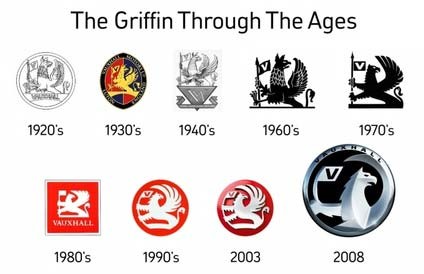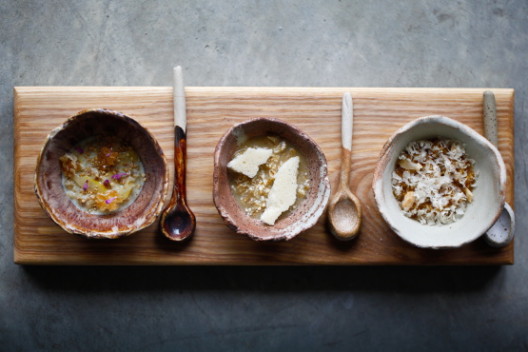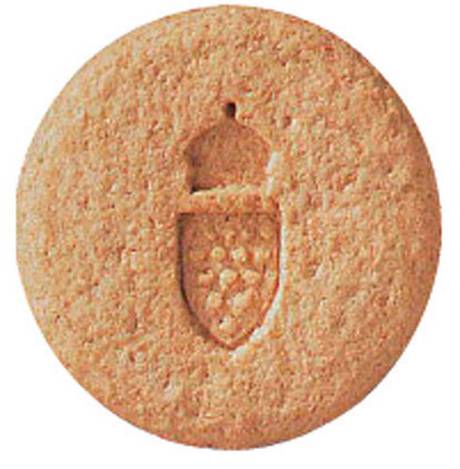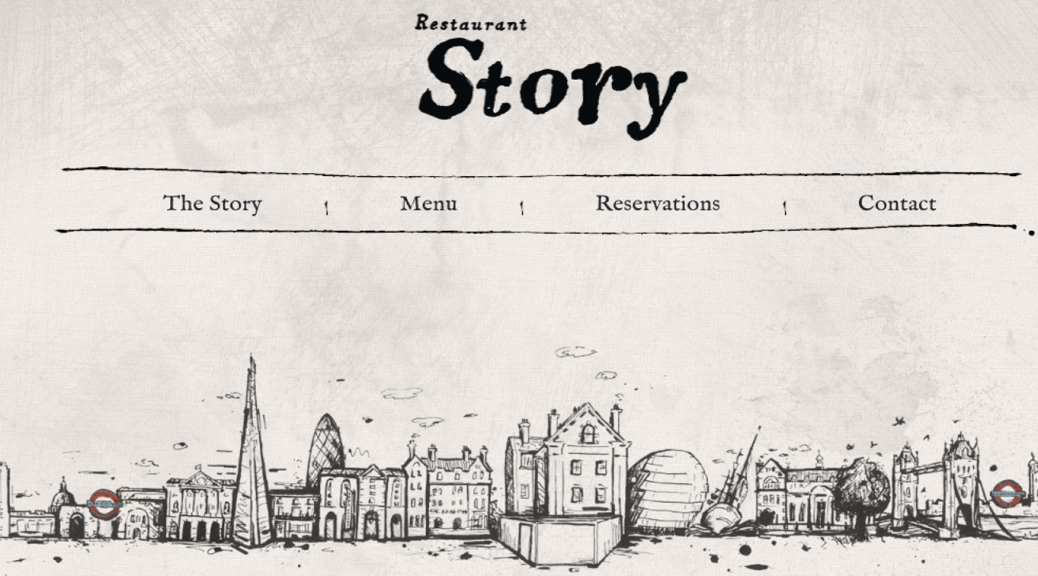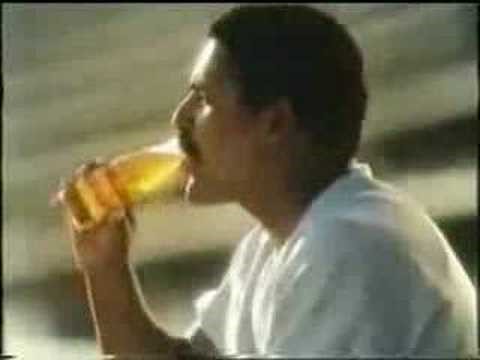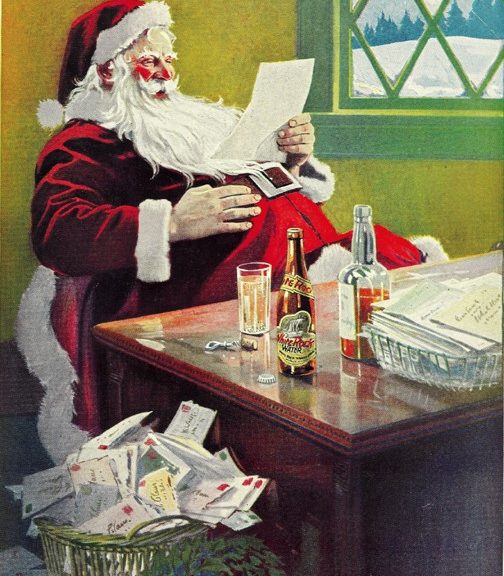The griffin has landed
I’m always on the lookout for new brand stories and this one comes courtesy of my son Jack and Mark Mason’s book “Walk the lines, London Underground Overground”. Jack was reading Mark’s book and spotted a story I might like. Like it I did so I taken it and retold it accordingly….
The Griffin has landed
Probably the most common ways for a brand to get its name are from either its founder or from the area from which it comes.
However, sometimes history and the vagaries of mispronunciation and misspelling play a hand in adapting them, so today we have Vauxhall and not Falkes’ Home cars.
Sir Falkes de Breauté is said to be from Norman parentage but he rose to be a high officer serving first King John and later King Henry III in the First Barons’ War. At various times he held the High Sheriffdoms of Cambridgeshire, Oxfordshire, Buckinghamshire, Northamptonshire and Bedfordshire and was given the Manorship of Luton. His heraldic sign was a griffin.
When Prince Louis of France invaded in 1216, de Breauté was tasked with holding Oxford against the baronial forces. On 17 July he and the Earl of Chester sacked Worcester, which had allied itself with Louis. In reward John gave de Breauté the hand of Margaret the daughter of Warin Fitzgerald, the royal chamberlain. She was the widow of Baldwin de Revières, former heir to the Earl of Devon. With her hand in marriage he also gained the rights to an area just south of the Thames.
There he built a home in which was called at various times Fawkes Hall, Falkes’ Hall, Foxhall and finally “Vauxhall”.
Six hundred years later in 1857 Vauxhall Ironworks were founded. Nearly 50 years later, in 1903 they built the first Vauxhall car and shortly changed their name to the Vauxhall Motor Company and chose as their logo de Breauté’s griffin.
By 1905, a couple of years later, the business had become so successful that it had to move. The site of the new factory was Luton.
The griffin had returned home.
